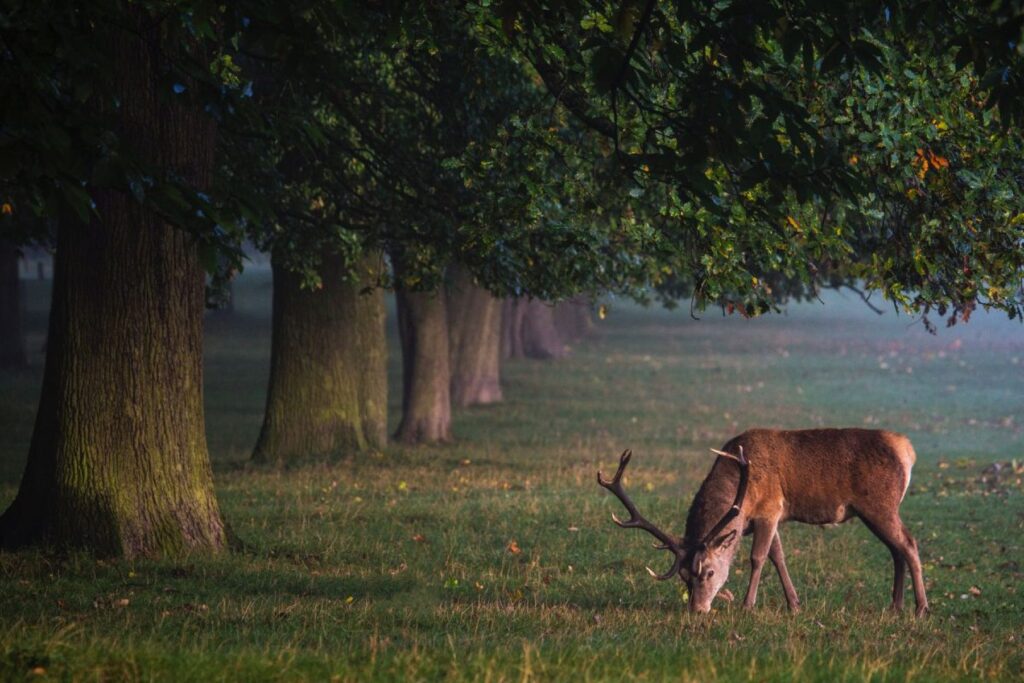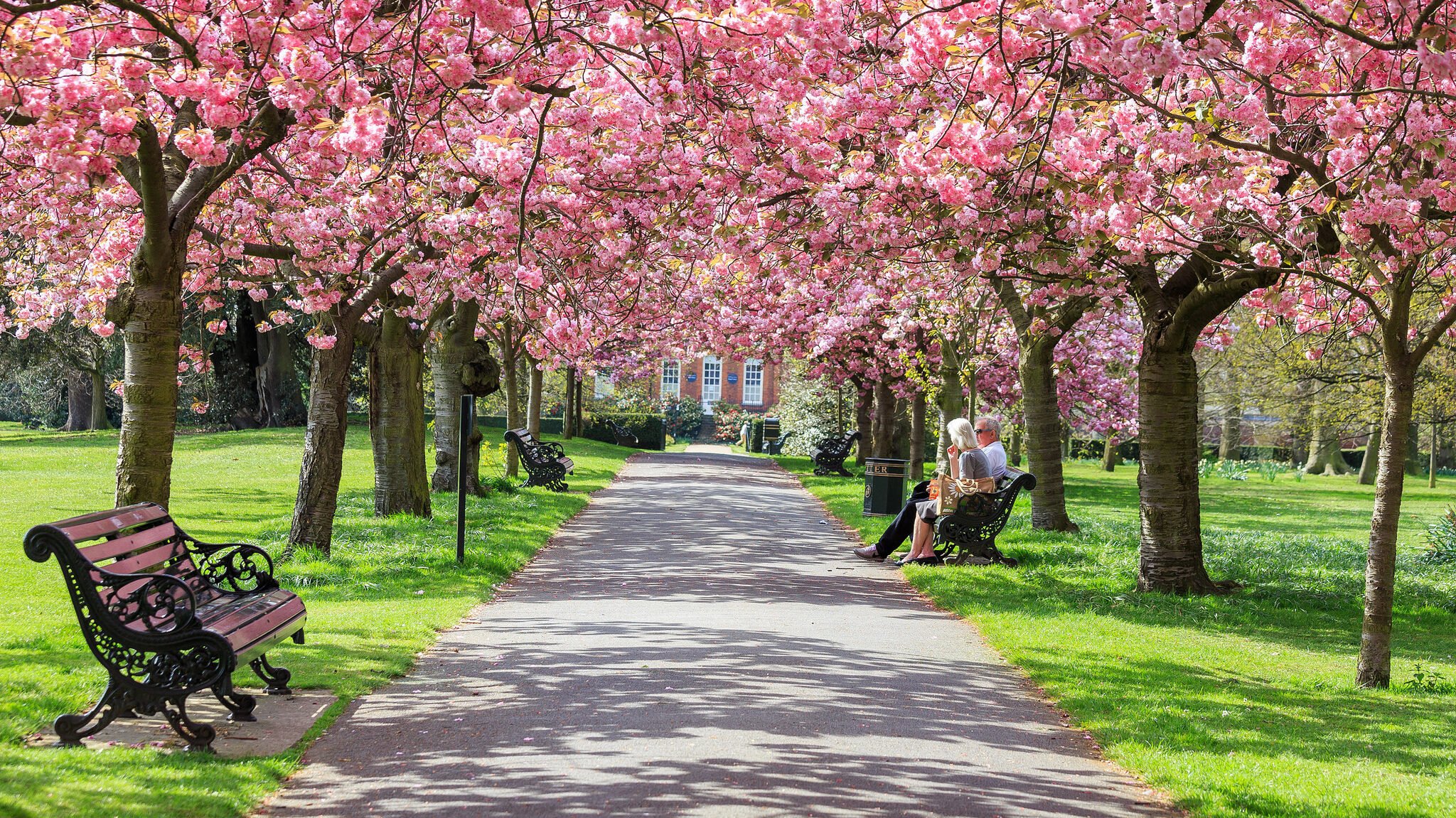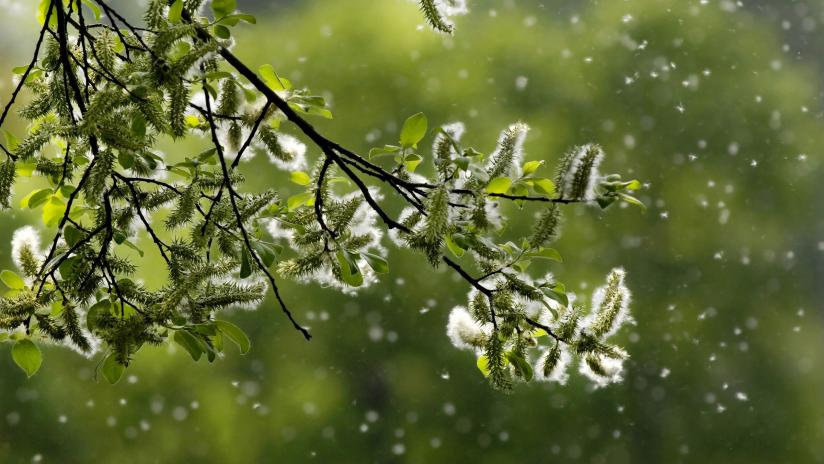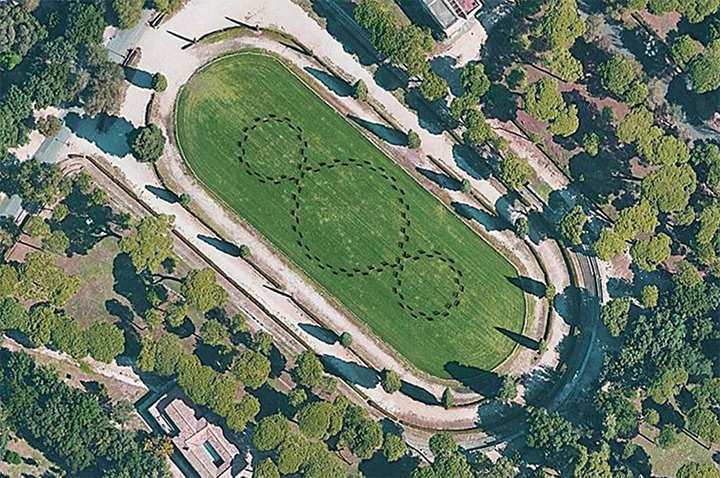One of the positive "cultural legacies" that we should carry with us from what is a great tragedy, the Covid-19 pandemic, is the greater appreciation of green spaces in our cities. Those of us who live in crowded metropolises have experienced the power of nature firsthand. He comforted us both physically and mentally, especially in this period of strong crisis.
Urban green spaces (trees, boschi, historic houses parks, gardens) offer many benefits to both the ecosystem and city dwellers. When we are in direct contact with these urban oasis they can increase our mental health and reduce the long-term risk of diabetes and heart disease. Cities drive crazy: stress and pollution are deadly poisons. More urban greenery means more physical activities, less stress and more social interactions. This is what rewilding is for.

Urban rewilding: greener to put pollution against the wall
I told you a while ago about rewilding: it is a transversal and multidisciplinary movement of thought that aims to bring pieces of our world "back to nature". Rewilding is experiencing a moment of growth among people, and a central point: Scotland, where everything was born. Well: Rewilding says another benefit of urban parks and forests is that they buffer air pollution. As? In the simplest way: by limiting the areas available for sources of emissions (cars, first and foremost) and absorbing pollutants.
For this many cities (I think of Seattle, Madrid, Barcelona and others) are becoming greener. They take away roads from cars and give them to pedestrians. They plant more trees and design new parks to fight the climate crisis and improve air quality. Take London: 21% of the city is currently shaded by the canopy of more than 8 million trees. An urban forest that will expand by another 10% within 30 years.

We know that reforesting under current conditions is not enough to save the planet. However, as global solutions unfold, it can save the city that decides to rewild.
Right trees, right points and right science
London is also not without its problems, however. It is not enough to plant trees, the right ones are also needed. For example, some types of trees such as alder, birch, plane and hazel can release abundant pollen into the air and trigger hay fever and other respiratory symptoms. London is, alas, one of the cities most affected by these events, because it is full of this type of trees rich in pollen. This is also the purpose of rewilding.
The sex of the trees is also important. The vast majority of those planted along the streets of cities around the world are male. Botanical sexism! They help keep the city streets tidier by not dropping seeds, fruit and pods, like female trees do. This plant chauvinism increases allergies, however. A nightmare for those with respiratory diseases, and it gets worse every year, as a recent study reveals.
Rewilding means returning to nature, but doing it wisely

Without the right planning, greenery can actually make things worse. If the trees are "wrong", greater exposure to greenery around homes and nurseries produces higher risks of rhinitis among children between three and six years old.
Also in terms of removing urban air pollution not all trees are equally good. Some are very effective at emitting biogenic volatile organic compounds (VOCs). Under sunlight, VOCs interact with nitrogen oxides emitted from traffic to create ground-level ozone, a pollutant that is particularly harmful to our lungs.
Where to plant is also important. Planting trees on a city street lined with buildings traps air pollution from heavy traffic beneath the tree canopy, exposing pedestrians and residents to dangerously high levels of air pollution.
In short, the return to nature is nice, but the last thing we want is for things to make things worse. This requires a decision-making process that arises from important conversations between urban planners, plant scientists, atmospheric scientists, public health officials and politicians.


